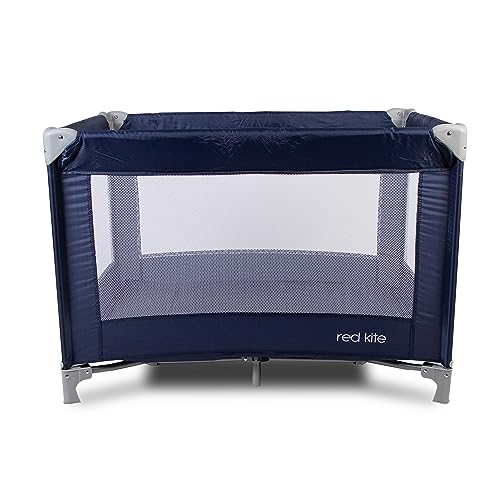cots-offers6029
cots-offers6029
5 Killer Quora Answers On Tots And Cots

Tots and Cots: A Comprehensive Guide for Parents
When it comes to ensuring a safe and comfortable sleeping environment for babies and young children, the options moms and dads make– ranging from cribs to cots– can significantly affect their wellness. Today’s article dives deep into the complexities of picking the very best sleeping plans for tots And cots, stressing safety, design, functionality, and how these options progress as a child grows.
Comprehending Tots and Cots
Tots typically refer to children, especially young children aged in between 1 to 3 years, while cots are the sleeping arrangements particularly designed for babies and toddlers. The proper sleeping equipment for this age group consists of various types of cots, cribs, and toddler beds.
Kinds of Cots
Numerous designs exist to fulfill the diverse needs of both moms and dads and children. Below is a list detailing the most common types of cots offered:
-
Standard Crib
- A conventional crib is created for babies and usually includes sides that can be adjusted to various heights.
-
Convertible Crib
- This type of crib can convert into a young child bed, daybed, or full-sized bed as the child grows, making it a long-term investment.
-
Portable Crib
- Likewise called travel cots, these are light-weight and easily collapsible, perfect for taking a trip or smaller home.
-
Co-Sleeper
- A co-sleeper crib connects to the side of the parents’ bed, permitting for easy gain access to while guaranteeing the baby has a separate and safe sleeping space.
-
Young child Bed
- A young child bed is a small bed that looks like a basic bed however is designed specifically for young children, generally featuring safety rails.
-
Mini Crib
- Mini cribs are smaller than standard cribs, making them a fantastic option for tight spaces, however they appropriate for infants just.
Security Considerations
Ensuring safety is vital when picking a cot for a kid. Here are critical security standards moms and dads ought to consider:
- Check for CPSC Certification: Ensure that the cot sticks to the Consumer Product Safety Commission (CPSC) standards.
- Prevent Drop-Sides: Cots with drop-sides have actually been linked to security threats, and the current security regulations prohibit them.
- Use a Firm Mattress: A firm mattress reduces the threat of suffocation and must fit comfortably within the cot.
- Keep Bedding Simple: Use a fitted sheet and avoid pillows, comforters, and packed animals that can position suffocation hazards.
- Follow Weight and Age Guidelines: Ensure the kid has not exceeded the cot’s weight limit and is still within the recommended age.
Transitioning from a Cot to a Toddler Bed
The transition from a cot to a young child bed can be an emotional turning point for both parents and kids. Here are steps to ease the transition:
Timing
Deciding when to transition can be subjective, but it’s normally advised to make the switch between 18 months and 3 years, based upon elements like:
- Physical Ability: If the kid is climbing out of the cot.
- Potty Training: Consider transitioning if the child is bathroom training and requires easier access.
- Habits: Exhibiting indications of maturity, such as following guidelines or expressing a desire for self-reliance.
Tips for Making the Transition Smooth
-
Involve Your Child: Let the child select their new bed linen or bed design to instill enjoyment about the change.
-
Keep Routine Consistent: Maintain the kid’s bedtime routine to offer convenience throughout this duration of modification.
-
Explain the Change: Discuss the shift to a young child bed favorably, making it sound like a great adventure.
-
Precaution: Place the bed against the wall or use bed rails to prevent falling throughout sleep.
Choosing the Right Bed
When picking a young child bed, parents require to think about factors like:
- Height: Low-profile beds are ideal for young children who might fall out throughout sleep.
- Toughness: Ensure the bed can withstand active play along with sleep.
- Style and Design: Choose a style that complements the child’s room and is appealing to the kid.
Picking the right cot for your child can be a difficult procedure, however comprehending the choices available, crucial safety factors to consider, and the ideal timing for transitioning to a young child bed can make this journey easier for parents. Investing time and effort into these decisions will make sure that your kid has a safe, comfy, and nurturing sleep environment.
Frequently asked questions
1. What is the difference between a cot and a crib?
- A cot is generally a smaller sized bed developed for younger toddlers, while a crib is a bigger bed that is generally appropriate for infants up to 3 years old.
2. When should I move my kid from a crib to a toddler bed?
- The transition time is typically between 18 months and 3 years; this modification is based on the child’s physical capabilities and behavioral indications.
3. How can I guarantee my kid is safe while sleeping?
- Constantly comply with safety standards, use a company mattress with a simple bedding arrangement, and keep track of the cot’s weight limit.
4. What should I do if my child tries to climb out of the cot?

- If your child is climbing out, it may be time to think about transitioning to a young child bed to avoid falls.
5. Can I utilize the same mattress when transitioning?
- Normally, it is best to change the crib mattress with one that specifies to the toddler bed. Ensure it fits snugly and follows safety standards.
By considering these elements, moms and dads can design healthy sleep habits and supply their kids with a safe and secure environment that promotes restful sleep. Purchasing quality sleeping arrangements will add to the child’s general development and joy.


